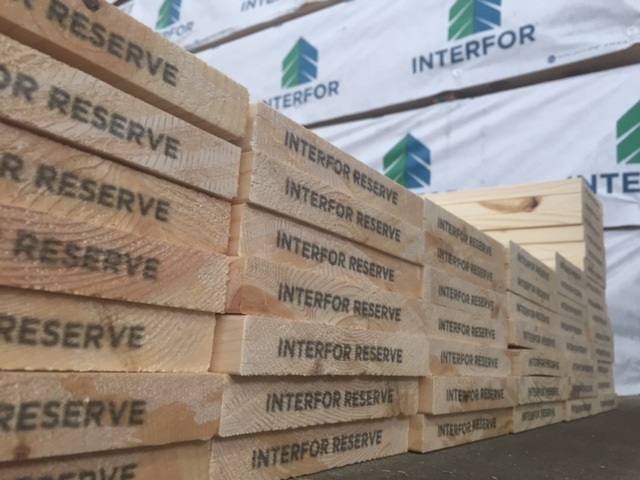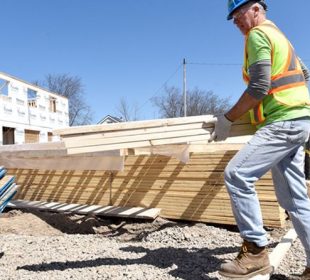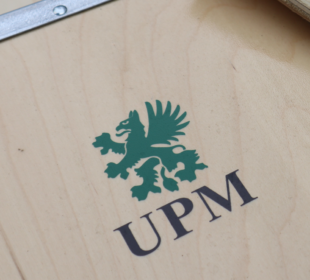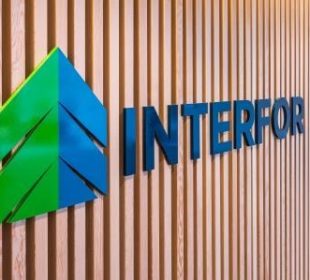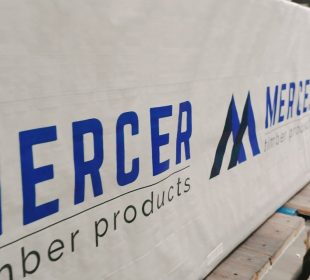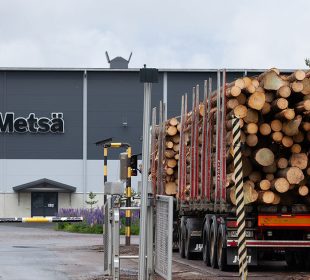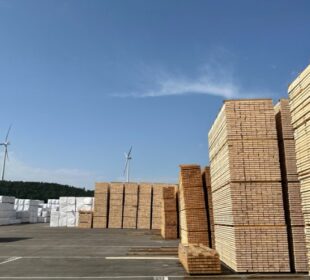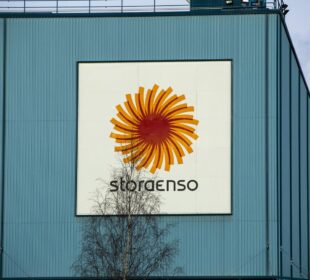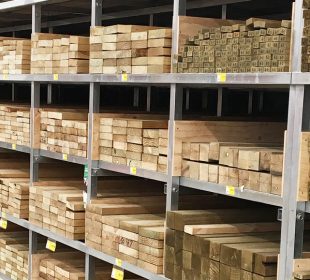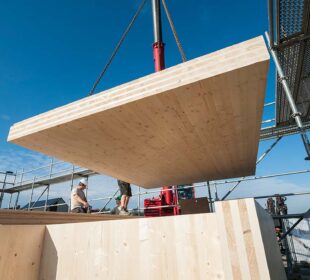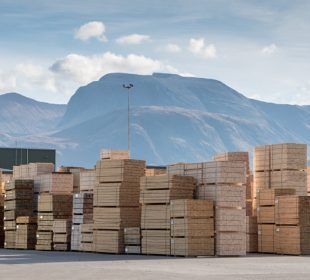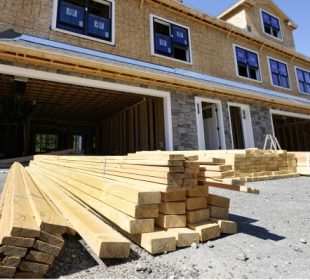Interfor Corporation recorded a net loss in Q3’19 of $35.6 million, or $0.53 per share, compared to a net loss of $11.2 million, or $0.17 per share in Q2’19 and net earnings of $28.2 million, or $0.40 per share in Q3’18.
Adjusted net loss in Q3’19 was $11.8 million compared to an adjusted net loss of $16.2 million in Q2’19 and adjusted net earnings of $28.3 million in Q3’18.
Adjusted EBITDA was $16.8 million on sales of $486.5 million in Q3’19 versus $12.6 million on sales of $481.3 million in Q2’19.
Included in the company’s results for Q3’19 are $23.2 million (after-tax) for capital asset write-downs and restructuring costs, or $31.8 million on a pre-tax basis. This includes $14.0 million of non-cash impairments for capital asset write-downs on buildings, equipment and other assets related to the permanent closure of Interfor’s Hammond sawmill and $17.8 million of accruals for the settlement of various human resource matters related to the reconfiguration of the company’s B.C. Coastal business and succession arrangements related to the announced retirement of Interfor’s CEO.
Other notable items in the quarter included:
- Mixed lumber price movements
Movements in key benchmark prices were mixed quarter-over-quarter with the SYP Composite dropping by US$18 to US$355 per mfbm while the Western SPF Composite benchmark rose by US$15 to US$338 per mfbm and the KD H-F Stud 2×4 9’ benchmark remained relatively flat at US$337 per mfbm. Interfor’s average lumber selling price fell $20 from Q2’19 to $583 per mfbm.
- Production increased; balanced with shipments
Total lumber production was 685 million board feet, up 38 million board feet from the prior quarter. Production in the U.S. South region increased to 348 million board feet from 320 million board feet in the preceding quarter as the Monticello and Meldrim sawmills ramped up production after completion of the Phase I capital projects at these locations. The B.C. and U.S. Northwest regions accounted for 205 million board feet and 131 million board feet, respectively, compared to 187 million board feet and 140 million board feet in Q2’19. Production in Q2’19 was affected by the curtailments taken in the B.C. Interior in response to weak lumber prices and continuing high log costs.
Total lumber shipments were 692 million board feet, including agency and wholesale volumes, or 18 million board feet higher than Q2’19.
Lumber inventories at September 30, 2019 were 215 million board feet, up 4 million board feet quarter-over-quarter.
- Continued strong financial position
Net debt ended the quarter at $212.7 million, or 19.4 per cent of invested capital, resulting in available liquidity of $380.9 million.
Interfor generated $2.3 million of cash flow from operations before changes in working capital, or $0.03 per share. Total cash generated from operations was $29.7 million, primarily the result of reduced log inventories in B.C.
Capital spending was $35.7 million in Q3’19, including $25.5 million on high-return discretionary projects, primarily in the U.S. South and the remainder related to maintenance capital and woodlands projects.
- Softwood lumber duties
Interfor expensed $12.1 million of duties in the quarter, representing the full amount of countervailing and anti-dumping duties incurred on its Canadian shipments of softwood lumber into the U.S. at a combined rate of 20.23 per cent.
Cumulative duties of US$85.8 million have been paid by Interfor since the inception of the current trade dispute and are held in trust by the U.S. Except for US$3.3 million in respect of overpayments arising from duty rate adjustments, Interfor has recorded the duty deposits as an expense.
Read the full report here.

